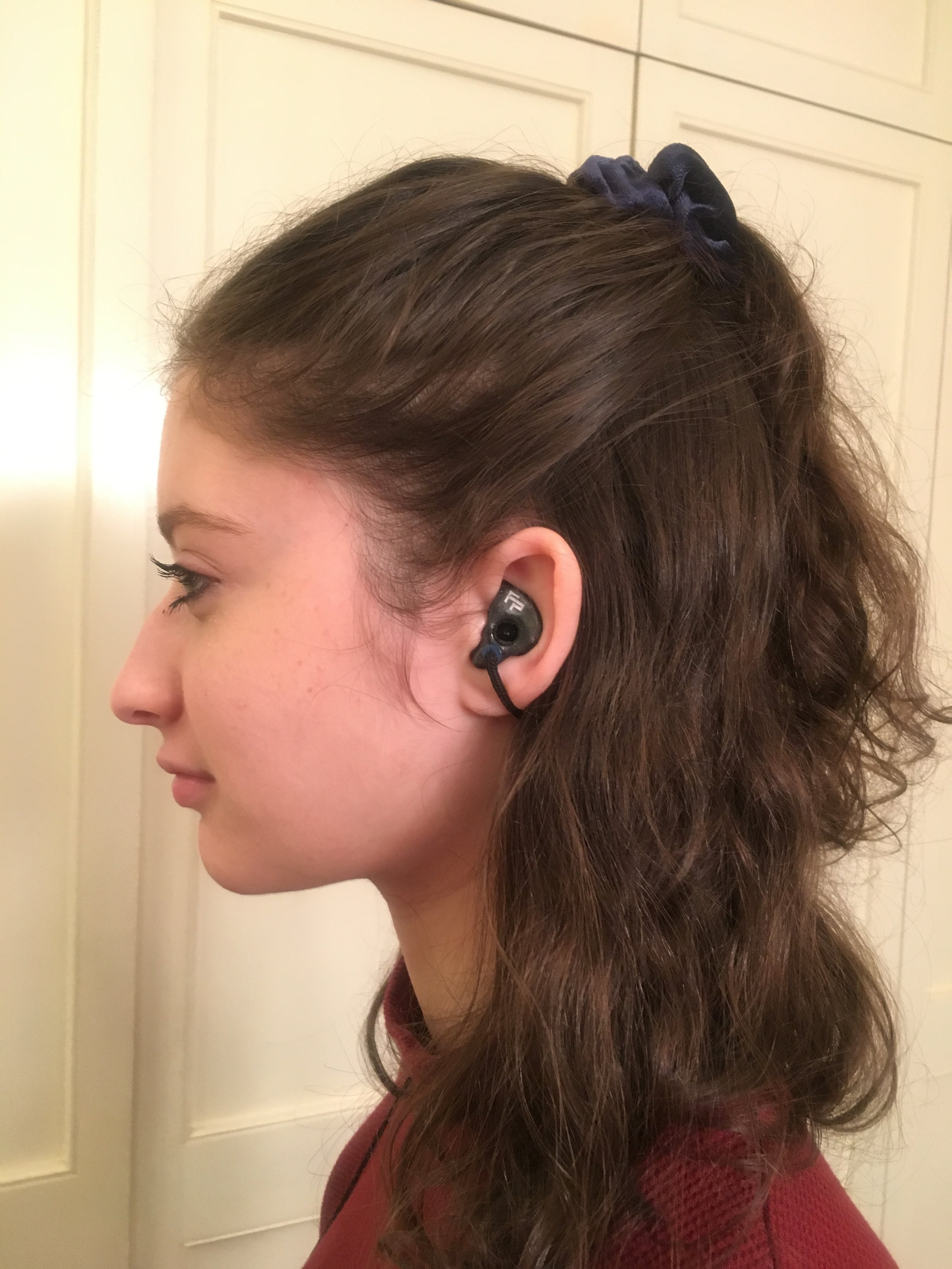For those of you that have been reading my recent blog posts or seen my tweet you know that as part of PhilHEARmonic I have been working with Fader Plugs testing their latest designs of noise attenuation ear plugs. Fader Plugs over the last several months has improved their original designed earplug shrinking the size considerably and improving the attenuator mechanism.
To give you an idea of the difference between the original and the second generation Fader Plug take a look at the below photo. The original Fader Plug is more than twice the size of the new design. The attenuator has also been reduced by close to 50%. This has enabled the overall reduction in size and the ability to conceal or make the earplug less conspicuous.
Original v. Second Generation Fader Plug - noise attenuation earplug by Fader Plugs LLC.
Its been great to be play a small part in the evolution of the product and I am excited to announce that as part of a Kickstarter campaign launching one week from today on November 8, 2017 that it will be possible to pre-order your very own pair of universal or custom Fader Plugs. These are the same noise attenuation earplugs that I have been testing out.
My Custom Fader Plugs
Fader Plugs makes two types of noise attenuation earplugs. The universal earplug which will fit most people and the customized Fader Plug which is custom fitted for ones ear canal. A mold is taken of the ear canal and a set of earplugs is custom made to an exact fit. Pictured above is my set of custom Fader Plugs and below is a picture of me with the molds being made.
Molds being made for custom Fader Plugs by Blaise Delfino, CEO of FaderPlugs & a licensed audiologist.
Stayed tuned. Its exciting times for the company. As National Hearing Loss Prevention month just wrapped up I can't think of a better way than to invest in your own hearing by getting a pair of Fader Plugs. Watch for the Kickstarter campaign starting on November 8th!








